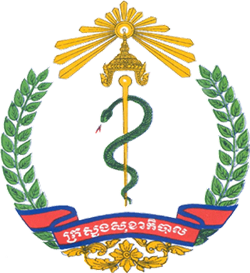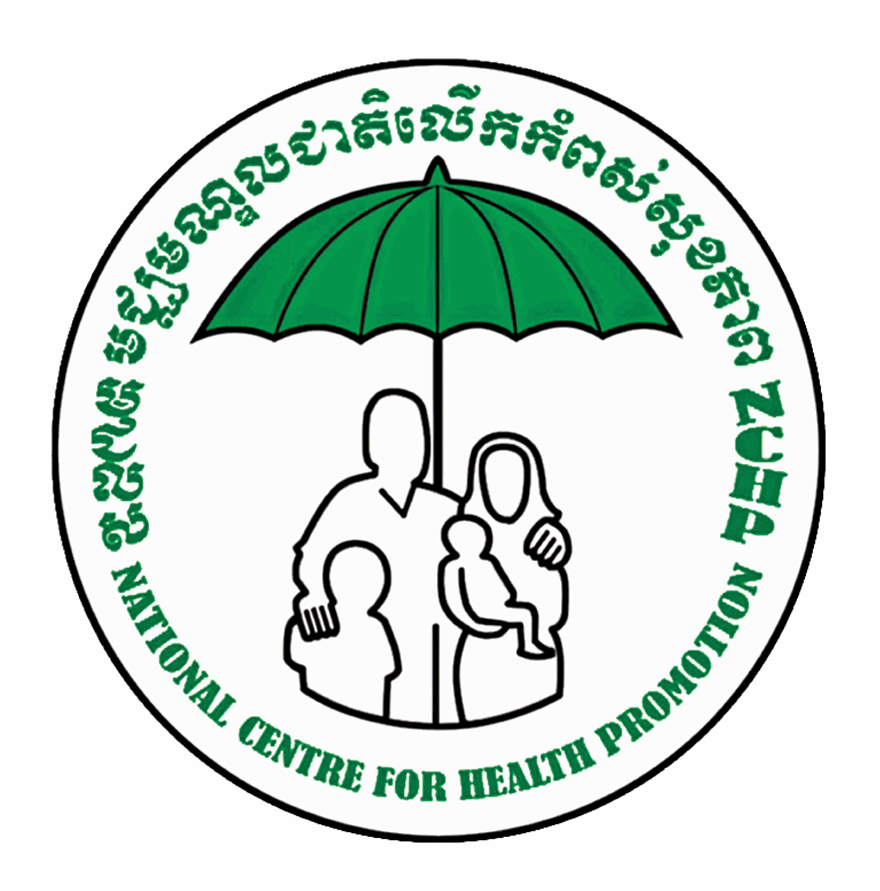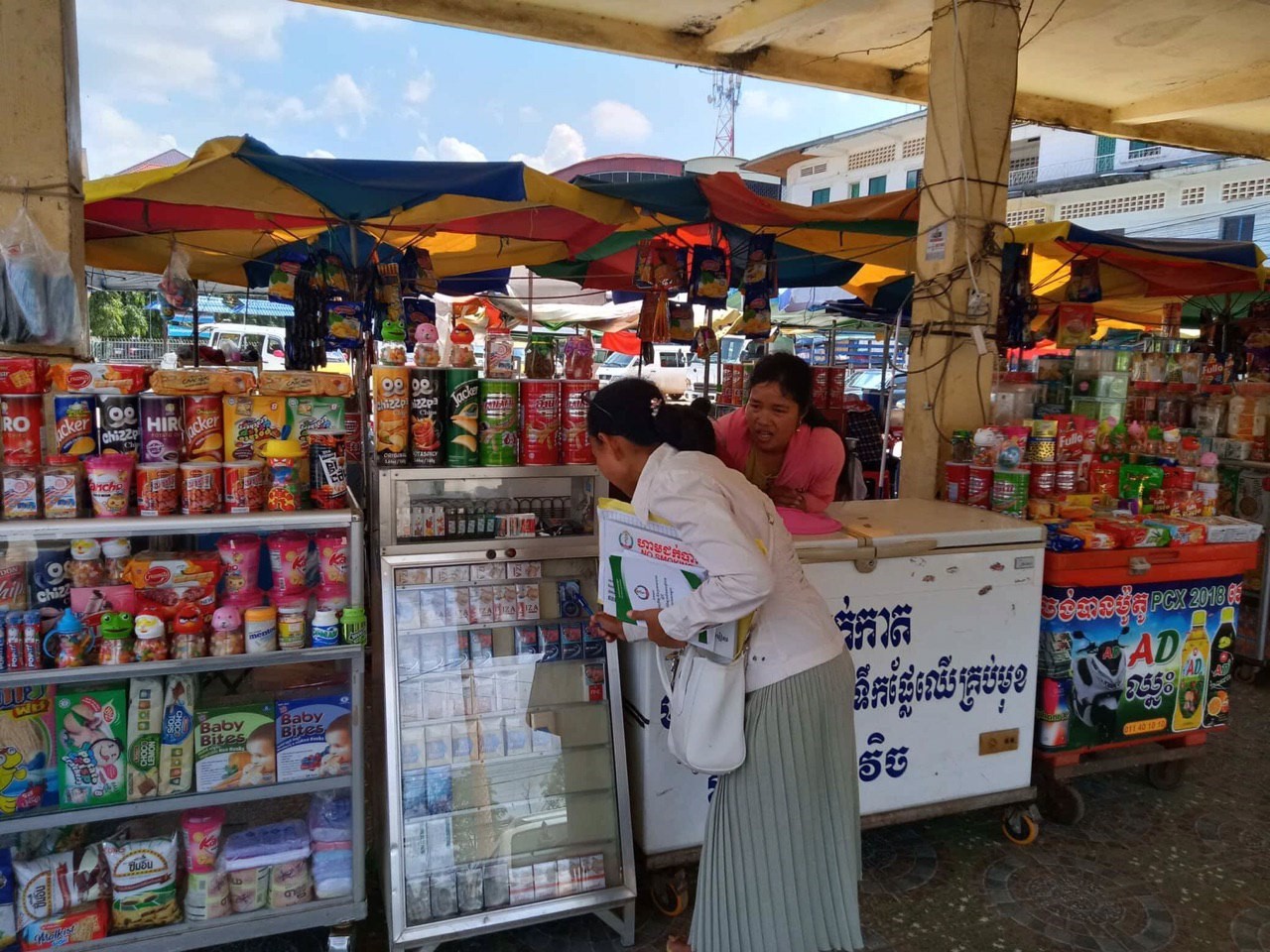The Global Youth Tobaccos Survey was conducted by the National Center for Health Promotion of the Ministry of Health in Cambodia. The overall response rate was 81%. A total of 3,716 eligible students in grades 7 – 12 completed the survey, of which 1,866 were aged 13-15 years. Data is reported for students aged 13-15 years.
Key findings:
Tobacco use
There has been a significant decline in the prevalence of tobacco use over 6 years, from 6.3% in 2010 to 2.4% in 2016. The prevalence of tobacco use among Cambodian youth between 13-15 years old was the lowest in ASEAN countries. These findings indicate the effectiveness of the tobacco control program intervention in Cambodia, which was started in 1999. Notably, new forms of tobacco use (shisha and e-cigarette) have been emerging during the last 6 years and there is a need to educate the public and tobacco control stakeholders to understand the harms of these new products and treat them as tobacco products.
Secondhand smoke
The exposure to tobacco smoke remains high, though there were significant declines in SHS exposures at home and inside enclosed public places from 2003 to 2016. The GYTS data showed that 45.4% of students are around others who smoke at outdoor public places and 44.5% of students are exposed to tobacco smoke inside enclosed public places. 24.3% live in homes where others smoke in their presence and 32.6% of students are exposed to SHS at school. However, among ASEAN countries, Cambodia had the lowest rates of SHS at home and inside enclosed public places.
Media
2016 saw extensive marketing of tobacco products by the tobacco industry in Cambodia, despite the sub-decree on the comprehensive banning of tobacco product advertising, promotion and sponsorship being introduced in 2011.
The period between 2003 and 2016 saw a significant decrease in the instances of tobacco use on television, videos and movies; as well as the ownership of branded items containing a tobacco brand logo among students between 13-15 years. Nevertheless, there was no statistical difference in the distribution of free tobacco products for promotional purposes in the same period. 65.3% of students saw anti-smoking media messages, and nearly one quarter (24.2%) of students owned something with a tobacco logo on it. This revealed that the enforcement of the bans on tobacco advertising, promotion, and sponsorship is not strong enough.
Knowledge and attitudes
More than three-quarters of students (78.5%) thought other people's tobacco smoking is harmful to them. 60.7% of students favored banning smoking inside enclosed public places. Nearly half (48.6%) of students thought that it to be difficult to quit once someone starts smoking tobacco and 11.9% thought that smoking helps people feel more comfortable at celebrations, parties, and social gatherings. Nearly half of students (49.5%) favored banning selling tobacco products to any person born in or after the year 2000. Nearly half of the students (44.7%) favored increasing the price of tobacco products/cigarettes.



